Owls aren’t just creatures of legend—they’re real, fierce, and watching from the trees near you. With silent wings and piercing eyes, these night hunters rule the twilight hours. From snowy tundras to sunbaked deserts, the U.S. is home to an incredible lineup of owl species you can actually spot—if you know where (and when) to look. Some nest in saguaros, others in backyards. A few are smaller than a soda can. And yes, there are even ones that stare you down in broad daylight. These 13 owl species aren’t just fascinating—they’re waiting to be discovered. Let’s find out where.
Great Horned Owl (Bubo virginianus)
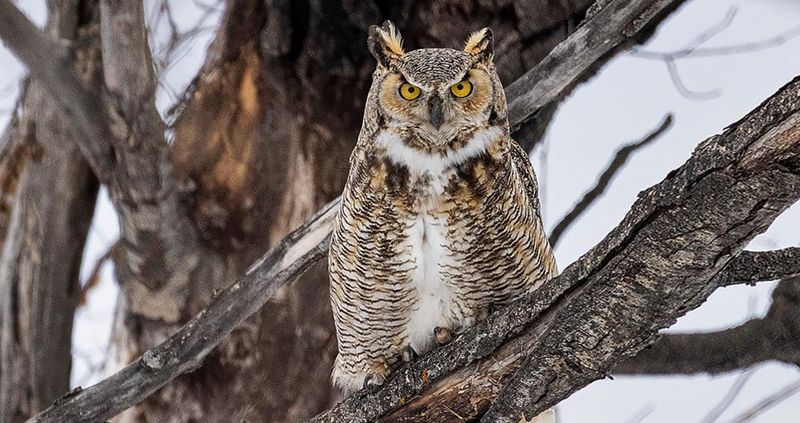
With its tufted ears and deep hoots, the Great Horned Owl is a symbol of wilderness. This adaptable bird is found everywhere, from dense forests to suburban backyards. Known for its fierce hunting skills, it preys on a wide range of animals. In Upstate New York, the Grassland Bird Trust offers prime viewing opportunities. This owl’s haunting call often echoes through the night, adding a touch of mystery to the landscape. Its diet includes rodents, birds, and even skunks, showcasing its versatility as a predator. Encountering this owl is a memorable experience for any nature lover.
Barn Owl (Tyto alba)
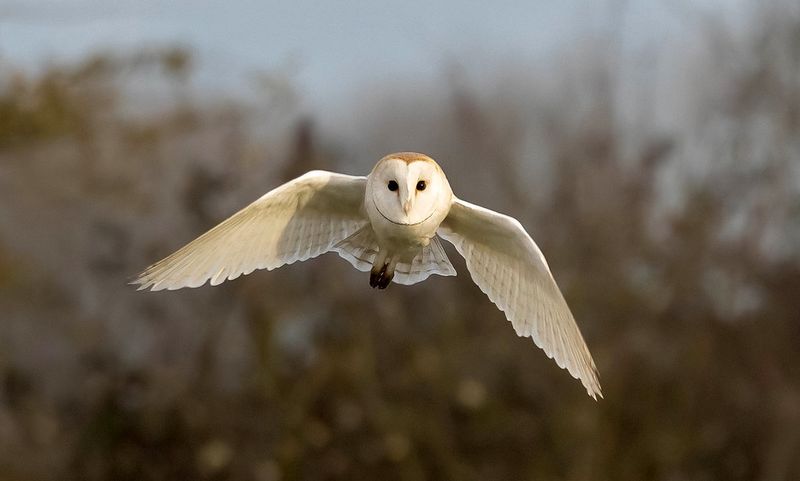
Silent and ethereal, the Barn Owl’s ghostly appearance captivates onlookers. These owls are commonly found in open fields and farm buildings across the U.S. Their iconic heart-shaped faces and silent flight make them exceptional nocturnal hunters. Often seen at dusk, they swoop gracefully in search of prey, primarily small mammals. Barn Owls play a crucial role in controlling rodent populations. Their eerie screeches and hisses contribute to their mystical aura. Whether in rural farmlands or urban outskirts, observing a Barn Owl is a magical experience that connects us with nature’s subtle wonders.
Barred Owl (Strix varia)
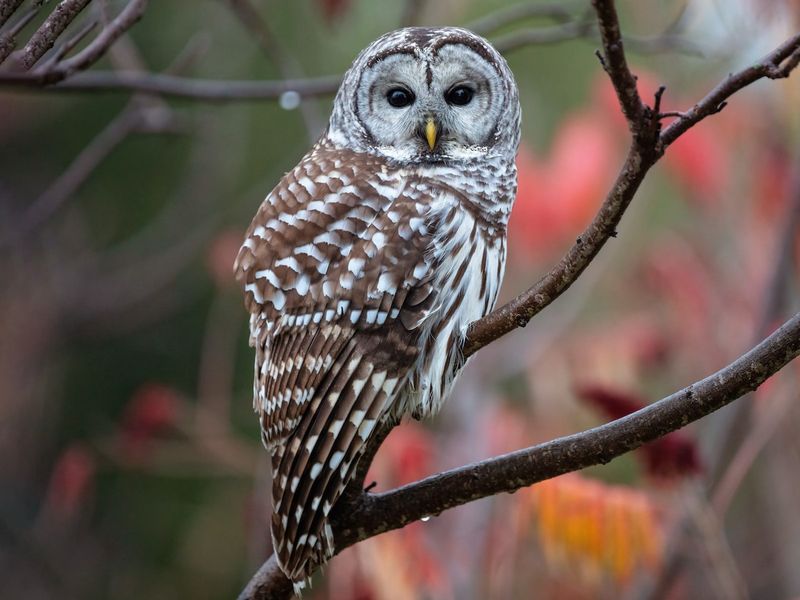
Famous for its distinct “Who cooks for you?” call, the Barred Owl thrives in eastern forests and swamps. These owls are known for their striking appearance, with dark eyes and barred plumage. In Virginia, some have even been spotted visiting Christmas tree chimneys, adding a festive touch to their mysterious charm. Preferring dense woodlands, they hunt by night, primarily feeding on small mammals and amphibians. Their presence indicates a healthy ecosystem. Encountering a Barred Owl in its natural habitat can feel like stepping into a storybook, where the forest comes alive with whispers of ancient secrets.
Snowy Owl (Bubo scandiacus)
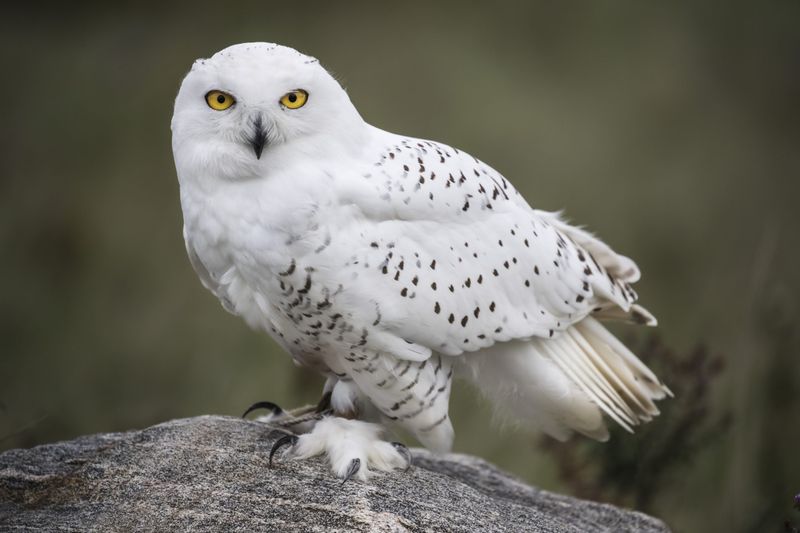
With its striking white plumage, the Snowy Owl is a breathtaking sight against a snowy backdrop. These majestic birds migrate to coastal plains and northern states in winter, offering rare viewing opportunities in places like Maine and the Pacific Northwest. Known for their daytime hunting, they primarily feast on lemmings and other small mammals. Snowy Owls are symbols of the Arctic, embodying the harsh yet beautiful wilderness. Their unpredictable migratory patterns make sightings special. Witnessing a Snowy Owl is a reminder of nature’s grandeur and the intricate balance of ecosystems.
Great Gray Owl (Strix nebulosa)
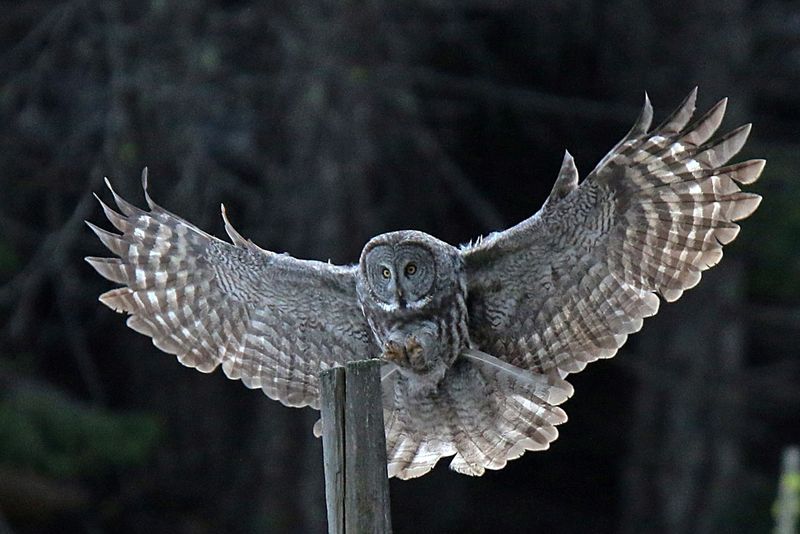
Regal and elusive, the Great Gray Owl is the largest in North America. Known for its long tail and soulful eyes, it’s found in boreal forests of the Pacific Northwest, Idaho, and Montana. Rare sightings occur in Yosemite and Ontario. These owls are expert hunters, relying on their acute hearing to catch prey beneath snow. Their ghostly appearance in the wilderness captivates birdwatchers. Encountering a Great Gray Owl is an awe-inspiring experience, blending mystery with the serene beauty of the forest. Their presence is a tribute to the untouched wilds of North America.
Spotted Owl (Strix occidentalis)
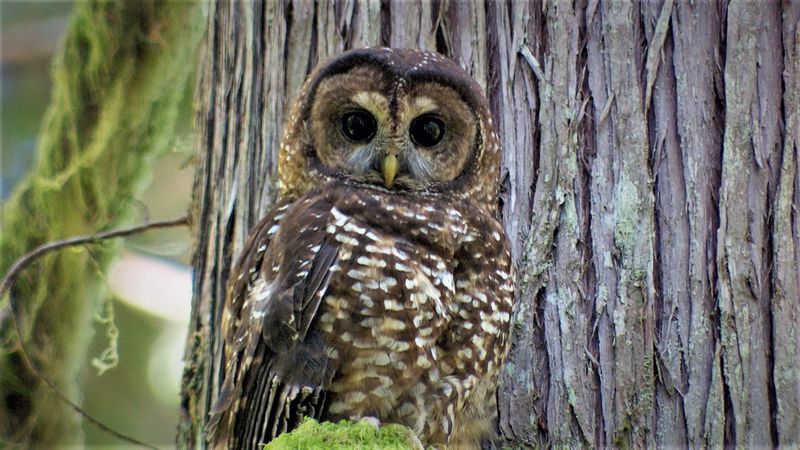
Elegant and endangered, the Spotted Owl inhabits old-growth forests in the Pacific Northwest and Sierra Nevada. These owls are a symbol of environmental conservation, with their presence indicating pristine landscapes. Their dark eyes and spotted feathers provide excellent camouflage among the towering trees. They primarily feed on small mammals and birds. Conservation efforts focus on preserving their habitat amidst logging threats. Spotting a Spotted Owl is a rare and cherished moment, highlighting the delicate balance between human activity and nature’s resilience. These owls remind us of the importance of safeguarding our natural heritage.
Eastern Screech Owl (Megascops asio)

Small yet mighty, the Eastern Screech Owl is a common visitor to woodlands, parks, and even urban areas like New York City’s Central Park. Known for their trilling calls, these owls are masters of disguise, blending seamlessly with tree bark. They nest in cavities and are often spotted at dusk. Despite their diminutive size, they are fierce predators, hunting insects and small animals. Their adaptability to various environments is remarkable. Spotting an Eastern Screech Owl in the city is a delightful surprise, merging urban life with the wonders of the natural world.
Western Screech Owl (Megascops kennicottii)
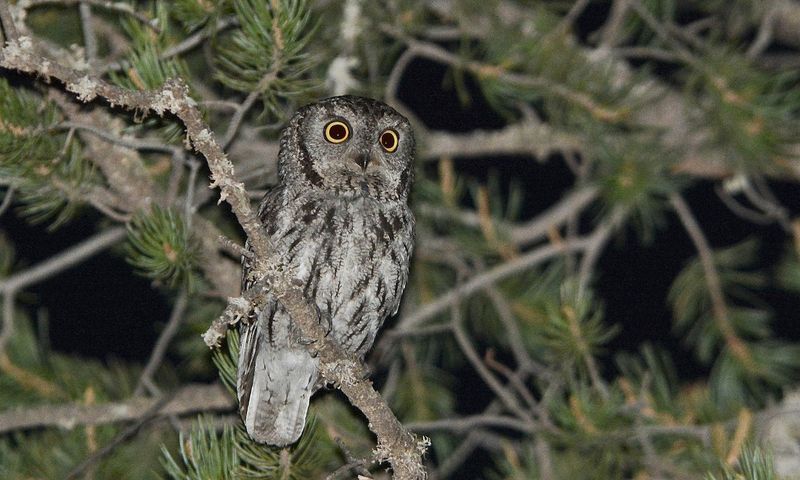
Charming and adaptable, the Western Screech Owl resides in Pacific Northwest forests. These owls are fond of nest boxes, making them popular with bird enthusiasts. Their distinctive trills and soft hoots add a musical element to the night. Known for their camouflaged plumage, they blend effortlessly with their surroundings. They primarily hunt insects and small mammals, showcasing their opportunistic nature. Observing a Western Screech Owl is akin to discovering a hidden gem, a testament to the rich biodiversity of the region. Their presence enriches the forest with a melody uniquely their own.
Northern Saw-whet Owl (Aegolius acadicus)

Tiny and elusive, the Northern Saw-whet Owl captivates with its expressive eyes and endearing demeanor. Found in boreal woodlands, winter sightings near Minnesota’s Lake Superior are a treat for birdwatchers. These owls are nocturnal hunters, feeding on small rodents. Despite their size, they are fierce predators. Their soft calls and gentle nature make them a favorite among owl enthusiasts. Observing a Northern Saw-whet Owl in its snowy habitat is a poetic experience, where the quiet of winter is punctuated by their enchanting presence. These owls embody the delicate beauty of the northern wilderness.
Flammulated Owl (Psiloscops flammeolus)
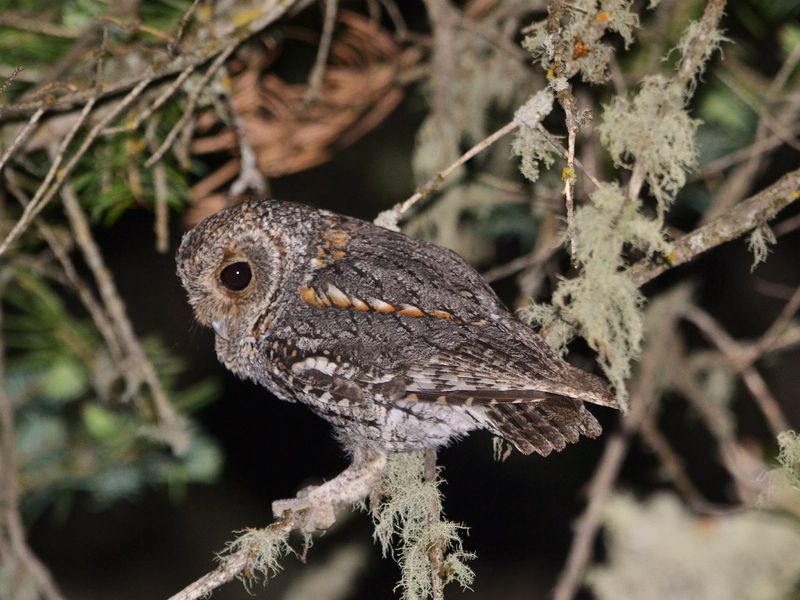
Mysterious and vocal, the Flammulated Owl inhabits high-elevation pine and fir forests in the western U.S. Despite their small size, these owls are known for their deep hoots. They are insectivorous, feeding primarily on moths and beetles. Their presence is subtle, often going unnoticed amidst the dense foliage. Observing a Flammulated Owl requires patience and keen observation. Their calls echo through the forest, a haunting yet comforting sound. These owls are a testament to the diversity of avian life in high-altitude habitats, their presence a hidden treasure within the towering trees.
Burrowing Owl (Athene cunicularia)
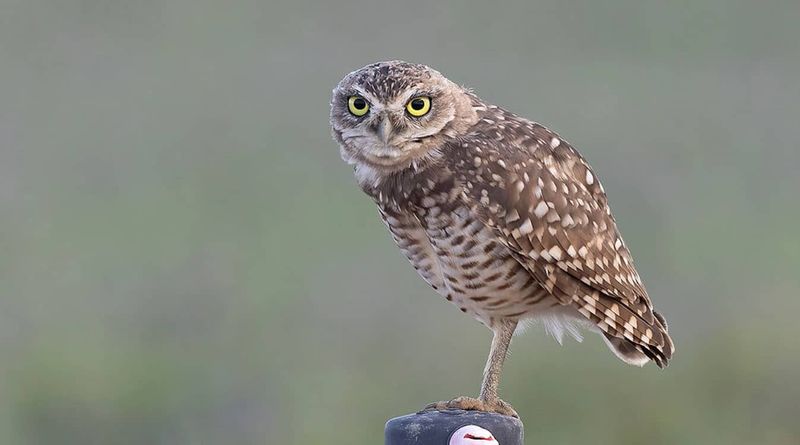
Quirky and diurnal, the Burrowing Owl is a unique sight in grasslands from Arizona to Florida. Unlike most owls, they are active during the day, often seen standing near their burrows. Their long legs and distinctive eyebrows give them a curious appearance. These owls feed on insects and small mammals, showcasing their adaptability. Observing a Burrowing Owl is a delightful experience, as they exhibit playful behaviors and social interactions. Their presence in grasslands highlights the interconnectedness of ecosystems, where each species plays a vital role in maintaining balance.
Elf Owl (Micrathene whitneyi)
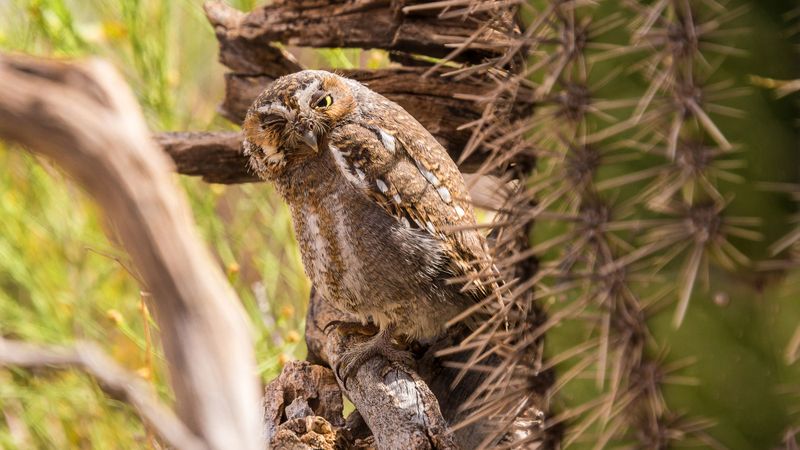
Tiny and endearing, the Elf Owl is the smallest owl species, found in desert regions of Arizona, Texas, and New Mexico. They nest in saguaro cactus holes, adding to their charm. Despite their small stature, they are adept hunters, feeding primarily on insects. Their high-pitched calls and swift flight make them a lively presence. Observing an Elf Owl is a treat, as their playful antics and vibrant energy brighten the desert landscape. These owls are a testament to nature’s adaptability, thriving in arid environments with grace and resilience.
Northern Hawk Owl (Surnia ulula)
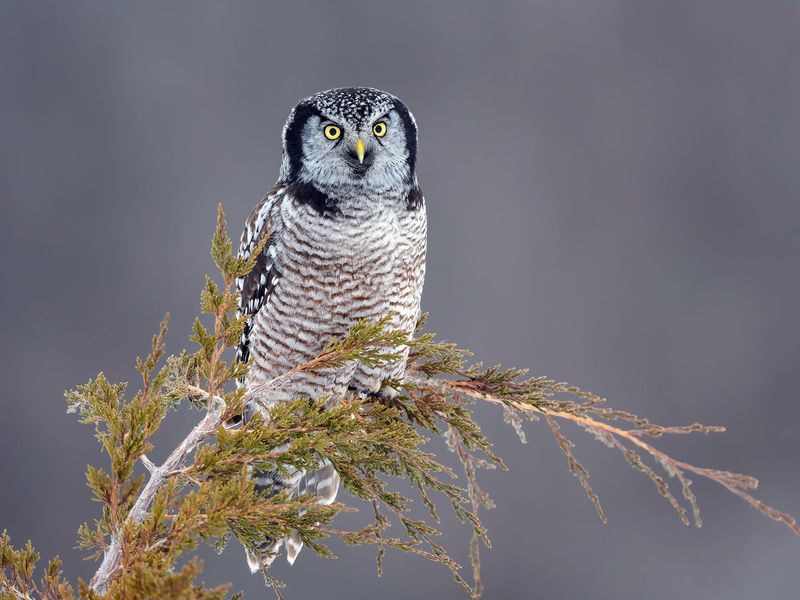
Sleek and agile, the Northern Hawk Owl is a rare sight in boreal and sub-boreal forests of the North. Known for its hawk-like features and diurnal hunting, it preys on small mammals. These owls prefer the edges of forests, where open skies meet the treeline. Their sharp vision and swift flight make them formidable hunters. Observing a Northern Hawk Owl offers a glimpse into the dynamic balance of northern ecosystems. Their presence is a reminder of the pristine beauty of boreal forests, where life thrives in harmony with the elements.

